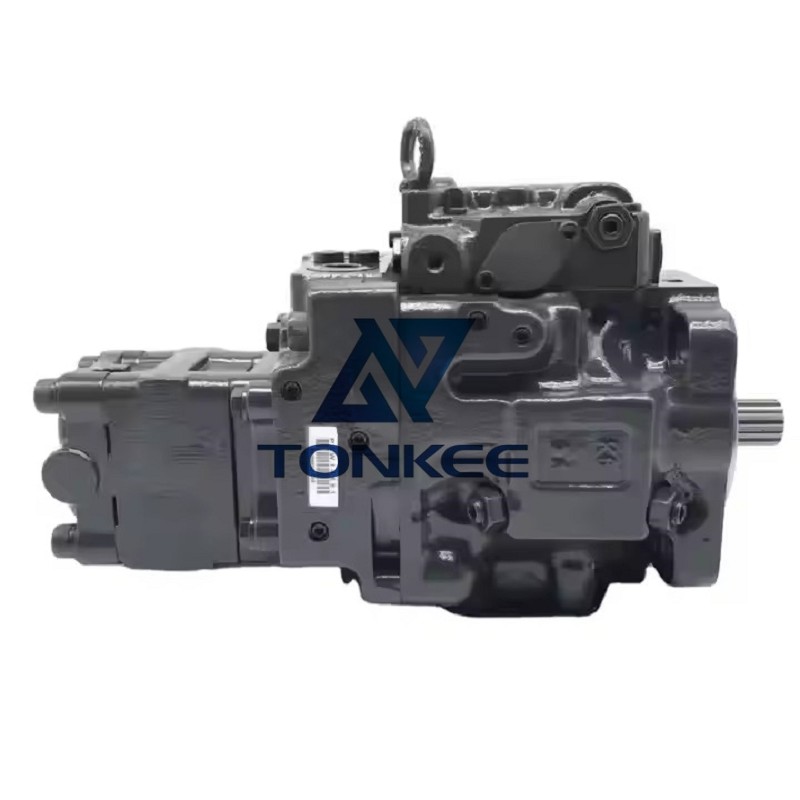
Displacement: Displacement is usually a key specification of a hydraulic pump, which determines the volume of hydraulic oil delivered by the pump per revolution. For this type of general-purpose hydraulic pump, the displacement may range from 20 to 100 cubic centimeters per revolution (cm³/rev). For example, if the pump is used in a hydraulic system with a medium load, a smaller displacement can provide more precise flow control, while a larger displacement can be used in situations where a higher flow rate is required to drive the actuators.
Operating Pressure
Rated Pressure: The rated pressure generally refers to the pressure at which the hydraulic pump can operate reliably during normal continuous operation. The rated pressure of this pump may be in the range of 160 bar (16 MPa) to 320 bar (32 MPa). Within this pressure range, the pump can stably supply power to the hydraulic system to drive various hydraulic actuators, such as hydraulic cylinders and hydraulic motors.
Maximum Pressure: The maximum pressure is the limit pressure value that the pump can withstand in a short period. Usually, the maximum pressure is about 20% - 50% higher than the rated pressure. Therefore, the maximum pressure of this pump may reach 200 bar (20 MPa) to 480 bar (48 MPa), depending on the design and application scenarios of the pump. When the hydraulic system encounters sudden high loads or special working conditions, the pump needs to withstand such high pressure in a short time.


















